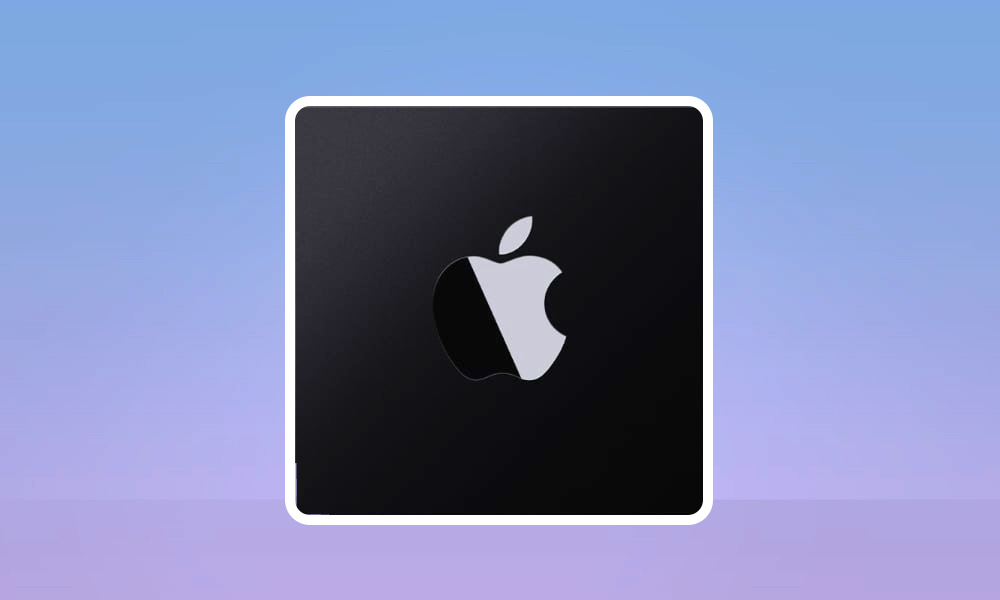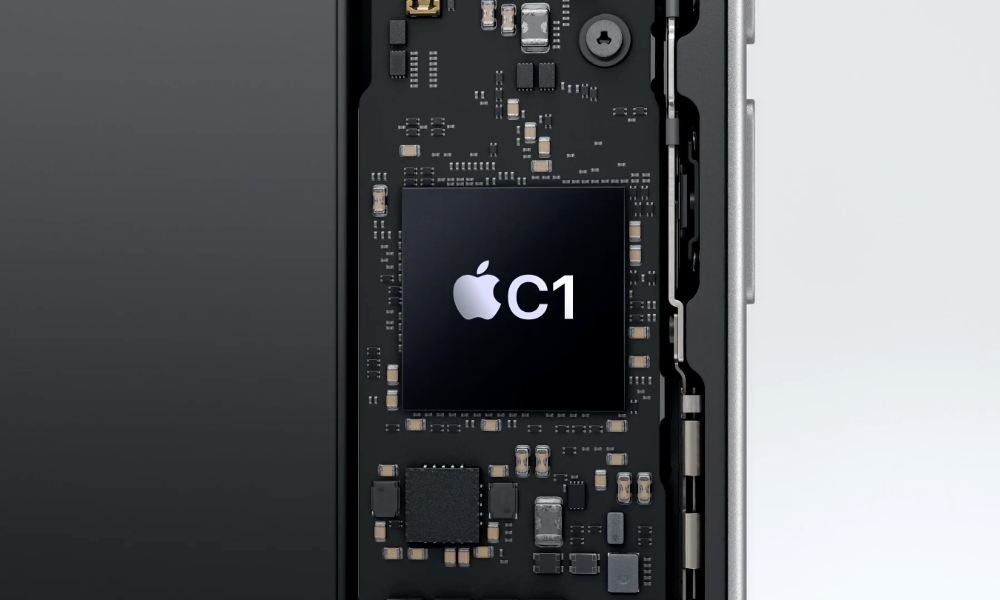Internal iOS 18 Code Hints at Apple’s 2025 Chip Roadmap
 Apple
Apple
Toggle Dark Mode
Code found in an unreleased internal build of iOS 18 has provided some new insights into Apple’s plans for this year’s silicon lineup. While there aren’t too many surprises here, it does serve as confirmation that Apple will be bringing entirely new chips to this year’s iPhone and Apple Watch models, while also pointing to new wireless communications chips.
A tipster shared the details with MacRumors based on a subtitled YouTube video from last month that showed a purported iPhone 16 prototype. It turns out that this device was running an internal build of iOS 18 from March 2024, which contained codenames for Apple’s 2025 chip plans.
The list includes the expected collection of A-series and M-series chips that will go into the iPhone 17 lineup and next-generation MacBooks, but it also reveals that Apple’s rumored “C2 modem” is already in the works, along with the more mysterious Wi-Fi and Bluetooth chip that Apple has reportedly been working on for the past few years.
The A19 and A19 Pro chips are the next-gen versions for the iPhone 17, iPhone 17 Air, and iPhone 17 Pro models, and will likely find their way into the iPhone 17e if Apple releases one next year. As usual, the A19 Pro will be reserved for the iPhone 17 Pro and iPhone 17 Pro Max, while the other devices will get the standard A19. This isn’t entirely surprising, but it does dispel any doubts that Apple may revert to its previous strategy of reusing last year’s chips in its lower-end models.
Similarly, the M5 and M5 Pro will power new Macs that are likely to arrive in October. Apple seems to be settling into an annual fall schedule for new MacBook Pro, iMac, and Mac mini releases, although the M5 MacBook Air isn’t expected until early 2026. An M5 iPad Pro may also be on the horizon. The MacRumors tipster also confirmed other reports we’ve heard that Apple has tested a Mac Pro with an M3 Ultra chip, but there’s no M4 Ultra in the works.
There’s also an S11 chip listed that will undoubtedly find its way into the Apple Watch Series 11 and Apple Watch Ultra 3. While a new Apple Watch SE 3 is also expected this fall, the jury is out on whether that will get the latest S11 chip. The 2020 Apple Watch SE utilized the S5 chip from the 2019 Series 5, whereas the current Apple Watch SE features the same S8 chip as its more premium 2022 siblings.
The C2 modem is the next-generation of Apple’s in-house 5G modem chip that debuted on this year’s iPhone 16e. It could end up being used in the iPhone 17e next year, and possibly the entire iPhone 18 lineup. Although some reports suggest that the iPhone 17 Air will also feature Apple’s own 5G modem chip, this is expected to be the same C1 chip used in the iPhone 16e.
Then there’s Proxima, which is arguably the most interesting of the bunch. That’s Apple’s attempt to break free of its reliance on Broadcom by producing its own Wi-Fi and Bluetooth chip. This would complete the process begun with the C1 modem chip, leading to Apple devices where all of the most essential silicon components are developed by Apple’s own engineers.
Proxima is arguably an even more important project than the C1/C2 chips. After all, only the iPhone and some iPads require 5G connectivity, whereas Wi-Fi and Bluetooth are standard features in every Apple product.
While we’re sure Apple ultimately plans to use these chips in all its products, it reportedly plans a more modest start to help field-test them in the real world before going all-in. Rumors suggest that this year’s HomePod mini will be among the first to feature the Proxima chip. This has also led to speculation that Apple might leverage this technology to turn HomePods into routers or wireless extenders, as the chip is reportedly powerful enough to handle these tasks. That’s unlikely to happen in the short term, and it certainly won’t be a selling point of Apple’s home devices.
Nevertheless, the first-generation Proxima chip is expected to support at least Wi-Fi 6E and may even transition directly to Wi-Fi 7. That alone will be a healthy upgrade for the HomePod mini, which is currently limited to Wi-Fi 4. Apple is also likely to use this chip in its next Apple TV and rumored home hub.
[The information provided in this article has NOT been confirmed by Apple and may be speculation. Provided details may not be factual. Take all rumors, tech or otherwise, with a grain of salt.]








